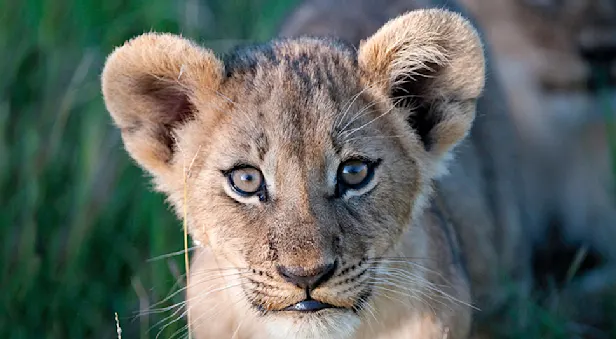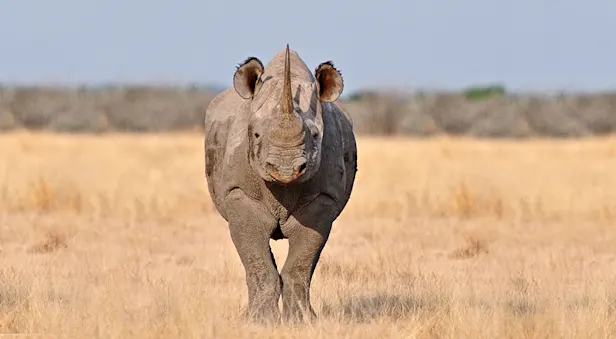Ostrich Facts | Southern Africa Wildlife Guide
One of the world’s most distinctive birds, the ostrich, is also the largest. Ostriches are found exclusively in Africa and are the planet’s heaviest birds. Ostriches live throughout the continent, yet contrary to common belief, they favor lush grasslands as opposed to deserts. They are generally quiet animals, although they will make an echoing “booming” noise when their females or territories are imperiled.
Physical Characteristics
The world’s largest and heftiest bird, reaching a height of up to 8 feet and 300 pounds.
Sexually dimorphic—males’ bodies are black touched with white wing plumes and tail, and females are for the most part a dull gray.
Getting Their Kicks
The flightless ostrich has wings with flight feathers that no longer serve their original purpose. They have evolved powerful, elongated legs, which they use to run and fend off predators. Each foot contains two toes, and one kick packs enough force to kill a lion or human. Amazingly, an ostrich has a maximum top speed of 45 miles per hour, which it can maintain for up to 30 minutes. Their long necks enable them to sight enemies from a great distance, and they often serve as early warning systems for other plains animals. True to myth, they sometimes flatten their heads to the ground when approached, but do not actually bury their heads in the sand.
Behavior
Ostriches live as couples, in family troops or in small groups; up to 50 birds have been recorded in arid areas. They feed mostly off grass, bushes, leaves, succulent plants and berries. Their diet also includes small lizards and insects. Interestingly, ostriches need to ingest small pebbles to aid in the mastication of plant (and other) material. This is an important evolutionary trait, because certain dinosaur fossils have also been found with smooth pebbles in areas where the gizzard would have been, suggesting that there is a direct ancestry lineage between dinosaurs and modern birds. They are also well adapted to the heat. During periods of intense high temperatures, ostriches will droop their wings at their sides, helping to keep themselves cool by aiding transpiration.
Predation
An ostrich’s predators include lions, which will readily take down an ostrich for its meat. However, humans have also hunted them for their feathers and have decimated populations in certain areas. Ostrich eggs are also very vulnerable to predators, especially hyenas and lions, which may brave an attack by an adult in search of this delicacy.
See Ostriches on These African Safaris

Botswana: Kalahari, the Delta & Beyond
Witness the spectacle of Botswana during the green season under changing skies, as the desert bursts forth with life, wildlife thrives with seasonal water, and new births fill the plains.

























